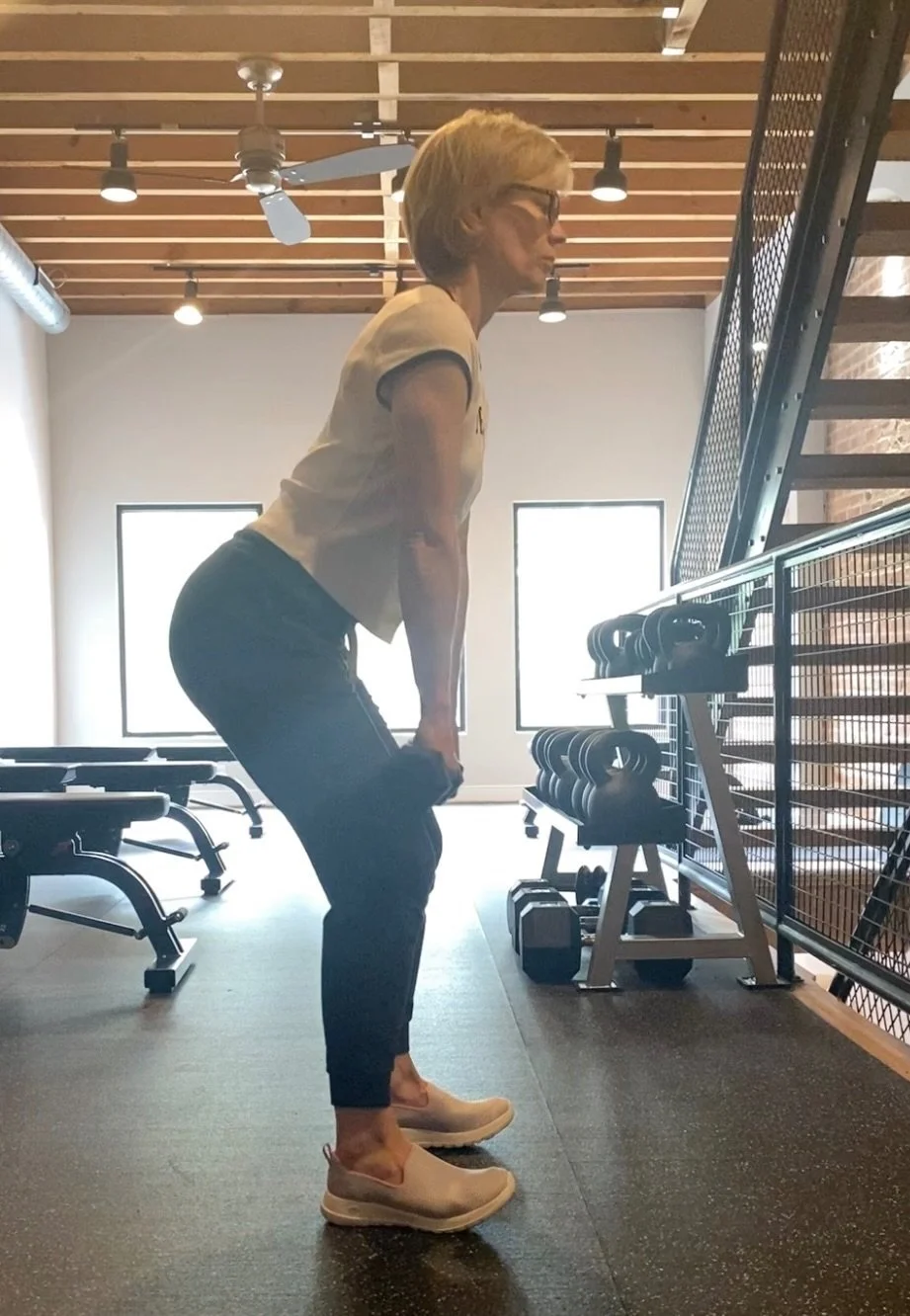Musicians are Small Muscle Athletes
It’s now the beginning of the concert season. “Back to school” for performing musicians. Many of us who play lots of notes for a living have just taken a little much-needed time off. I took a very long vacation from work this year, the longest I’ve ever done as an adult. My friends pleaded with me not to take the keyboard with me. But in the end, I decided I wanted the option to play even a somewhat unsatisfying electronic instrument. And I did play, but I played for fun. Rather than playing things that are upcoming on my concert agenda, I played only music I wanted to, and only when I wanted to. It was lovely.
I wanted the option to make music, but I also wanted not to get completely out of shape. Many people don’t understand how much like athletes we professional musicians are. I had a doctor tell me once in my 20s when I was struggling with tendinitis that musicians are small muscle athletes, and I now know that to be true through life experience. We train the way athletes do, with incremental increases in duration, speed, and intensity. We warm up. We cool down. We need days of rest. In an orchestra schedule, there is often only one such day of those per week, and it is often spent in part preparing for the next week’s concerts. (Never ask an orchestral musician to play on a Monday!) We gear up for big events that are sometimes accompanied by anxiety and nerves. We have pre-concert rituals and can be superstitious about adhering to them. We care a great deal about each outcome, and are generally never happy with ourselves, even when the audience was clearly delighted. We crash after our big events and often feel physical fatigue or sometimes pain during the recovery interval.
It’s a very physical life. And we love it that way. These are not complaints, but something more of a backstage peek into what it is like for us.
Playing on an electric keyboard for three weeks instead of on a real piano (where real keys are depressed, causing real hammers to be lifted, and real strings to be struck) is not the same physical experience. The action on a keyboard is extremely light, even when said keyboard is advertised as mimicking the “real feel” of a piano. And so, despite my desire not to get “out of shape,” I do find myself on a path right now, strengthening my apparatus again to tip-top condition.
There are so many ways to get back in shape. Scales, arpeggios, of course, and there are innumerable books of etudes (exercises) and technique books from Chopin to Moszkowski, Hanon and Czerny, and everything in between! Some pianists (me included) have developed such personal technique styles that they have their own exercises that they have created to strengthen their skills in a very personal way.
Brahms is wonderful music for getting back in shape because of the density of his music and how much it requires sinking into the keys and using real weight to produce sound. Coincidentally, my return to the season includes Brahms Piano Quartet in G minor, an epic and well-loved piece of Romantic chamber music known for its ability to excite the passions and quicken the senses, especially in its rousing finale. Chords with four notes in each hand are commonplace in this piece. Furthermore, those chords are used by Brahms to create impassioned horizontal melodic lines, rather than staccato outbursts. That kind of writing really makes my hands feel engaged, as if they are molding clay as I play, or playing with the resistant putty they give you in hand therapy for strengthening grip.
Brahms: the new hand therapy tool! :)
Fortunately, the path back to peak condition gets traveled quickly for one who knows their technique inside and out. And so, if you are in the audience on Sunday afternoon, when I performed this Brahms Piano Quartet with wonderful colleagues, or at either of the BSO galas this weekend, you will not hear anybody who is out of shape!
